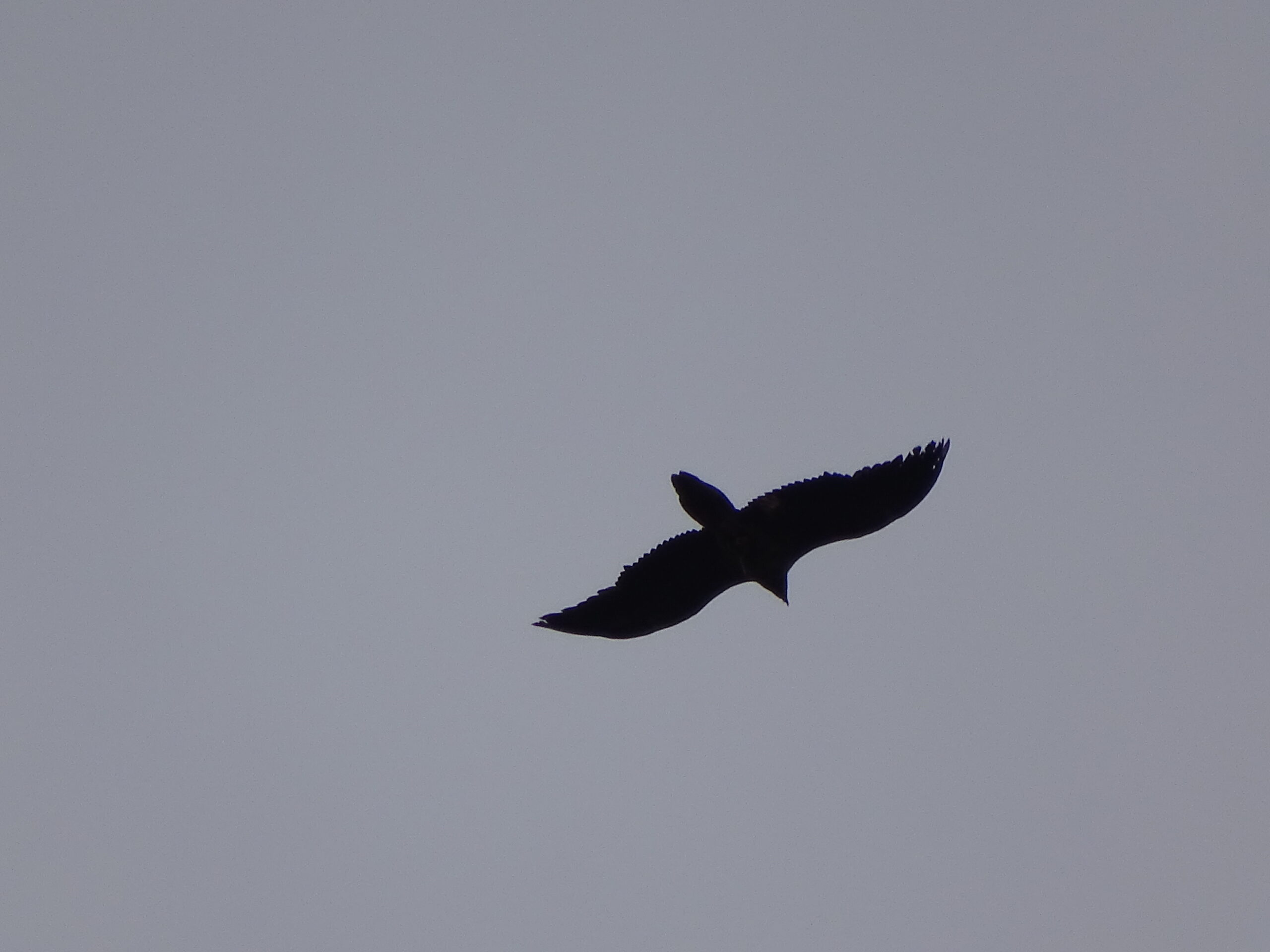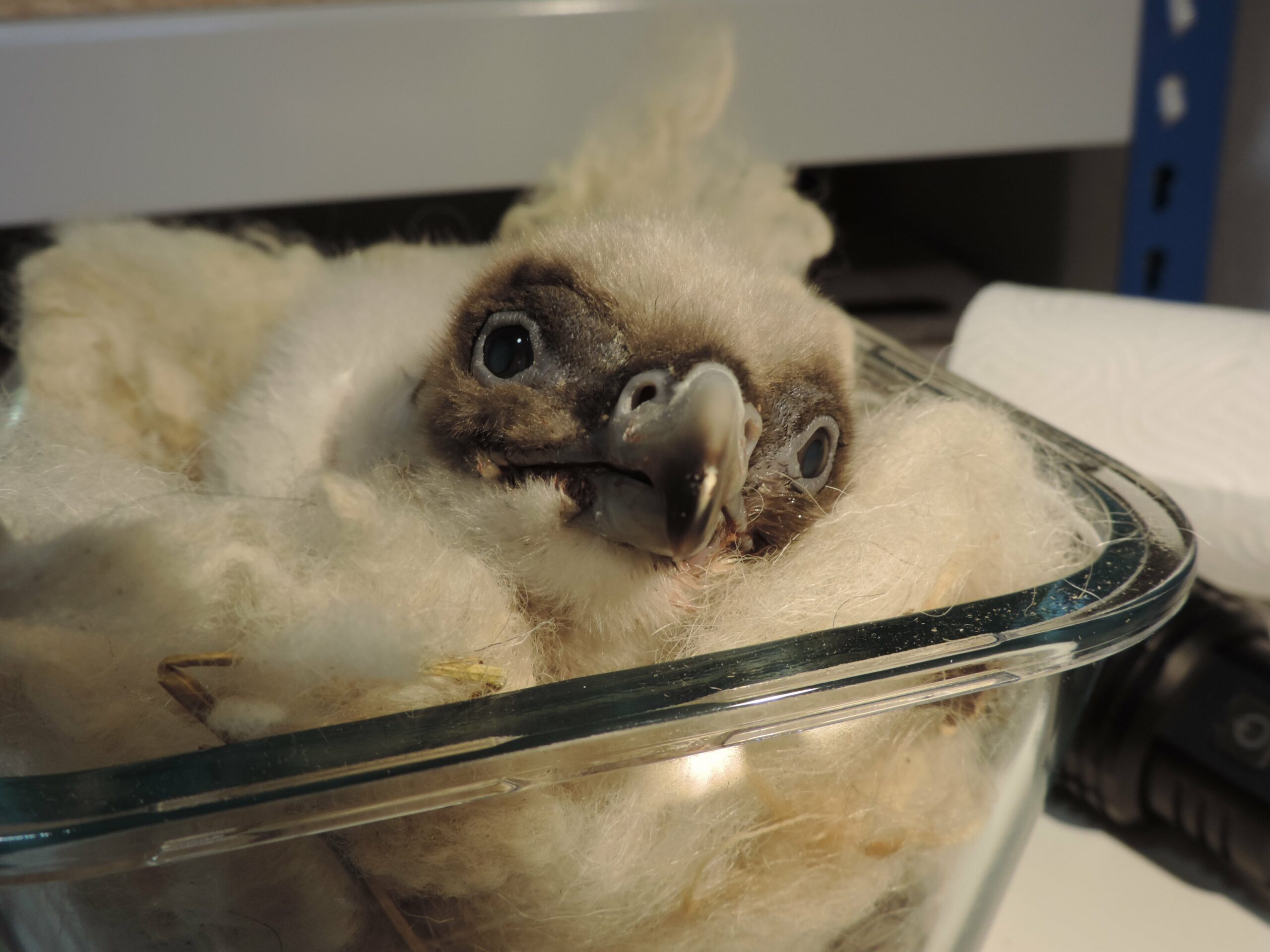
The Bearded Vulture disappeared from the skies of Picos de Europa National Park in Northern Spain during the mid-20th century. Thanks to a reintroduction project, the species returned to the park, and now a Bearded Vulture chick hatched in Picos de Europa for the first time since the species was declared extinct in 1956.
First Bearded Vulture hatched in decades
A Bearded Vulture has not hatched at the Picos de Europa for decades, until now. The technicians from Fundación para la Conservación del Quebrantahuesos (FCQ) and guards from Parque Nacional de los Picos de Europa recently confirmed that a chick hatched!
The breeding period is a long process
Deva and Casanova, a pair formed in 2014, are the parents of this chick. Deva is a 10-year-old female reintroduced to Picos in 2010 and Casanova is a male of at least 13 years of age who arrived from the Pyrenees and settled in Picos de Europa in 2013. Their breeding success of this year comes after several failed attempts. In the autumn, FCQ staff and park rangers observed pre-breeding behaviour: defence of the territory, repeated copulations and nest building. In January, the observers noticed that the pair laid a clutch and begun sharing their incubation responsibilities. The couple had been incubating for 54 days inside the nest at the Asturian part of the central massif of the Picos de Europa. In the middle of March, technicians realised that a chick hatched due to the behaviour change of both parents, who among other things, started feeding their young. Bearing in mind that the breeding success of the Bearded Vultures is usually low, especially during the first attempts, the FCQ team and the park rangers will continue to keep an eye on the pair and their chick to monitor the progress. Let’s hope that everything goes well and that the young vulture will fledge in the summer.
A significant milestone for the species’ future in Spain
The hatching in the Picos de Europa, which is 400 kilometres away from the Pyrenees, is a significant step for the survival of the species in Spain, especially if it is successful. In total, there are around 21 Bearded Vultures currently flying over Picos de Europe. This is thanks to a Bearded Vulture Reintroduction Programme that began a decade ago, aiming to achieve a stable population in this area, which would mean a meta-population that would favour the connection of the species with the Pyrenean population. The birds released come from the Pyrenees, which is home to the largest Bearded Vulture population in Europe. Since the releases, about 69% of the birds have survived, with losses attributed to both natural causes, as well as poisoning and electrocution. Expanding the distribution area of the species is vital as it will boost their population and reduce the risk of extinction. The reintroduced Bearded Vultures come from the Pyrenees with the support of the Government of Aragon, which allows them to be released every year and thus increase the population in Picos.
Source: Picos de Europa
You can follow the news of the breeding season on Facebook, Twitter, Instagram
and LinkedIn with #BeardedVultureBreedingSeason.






